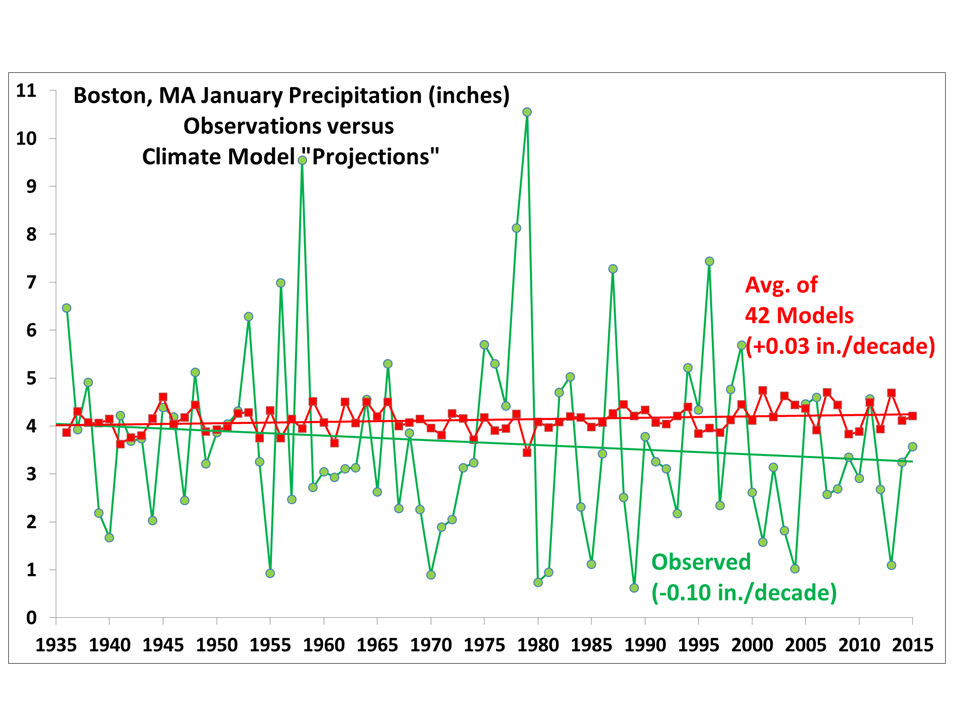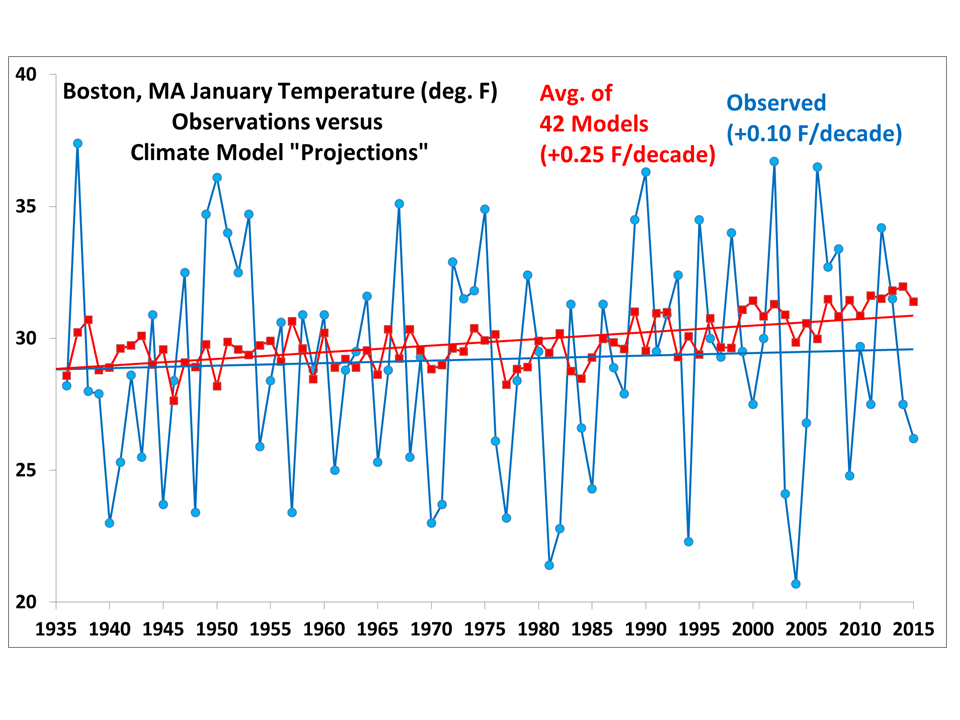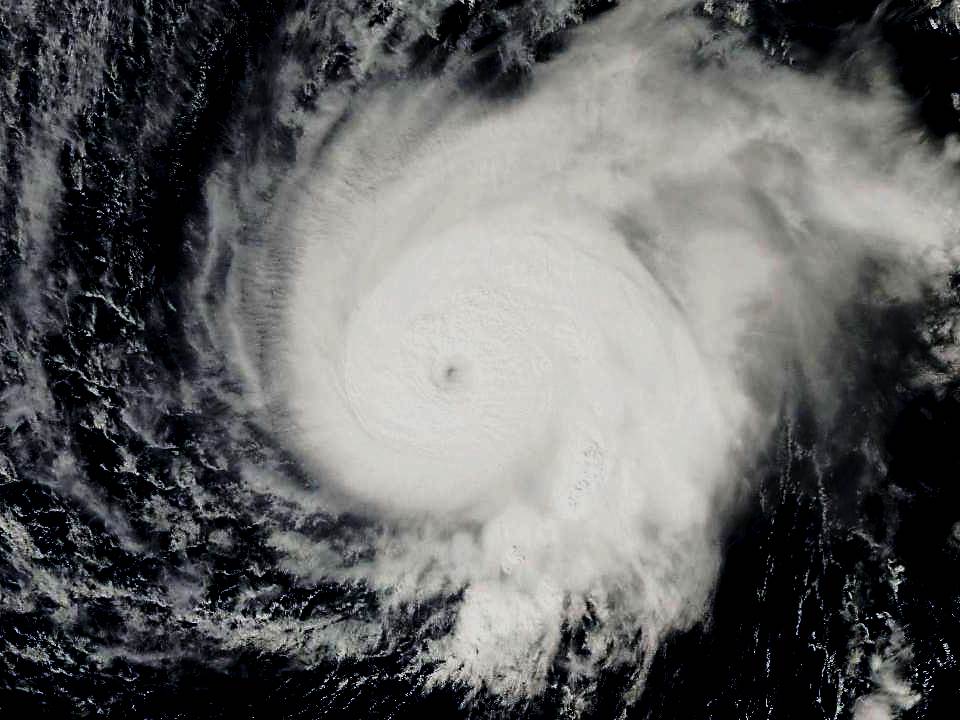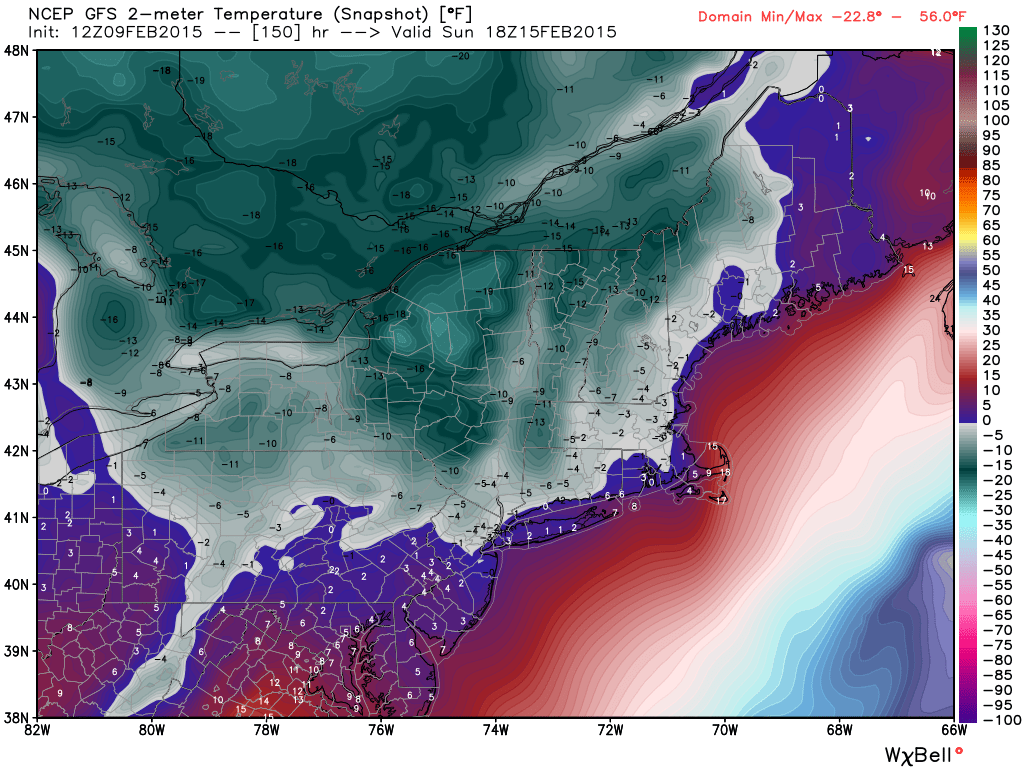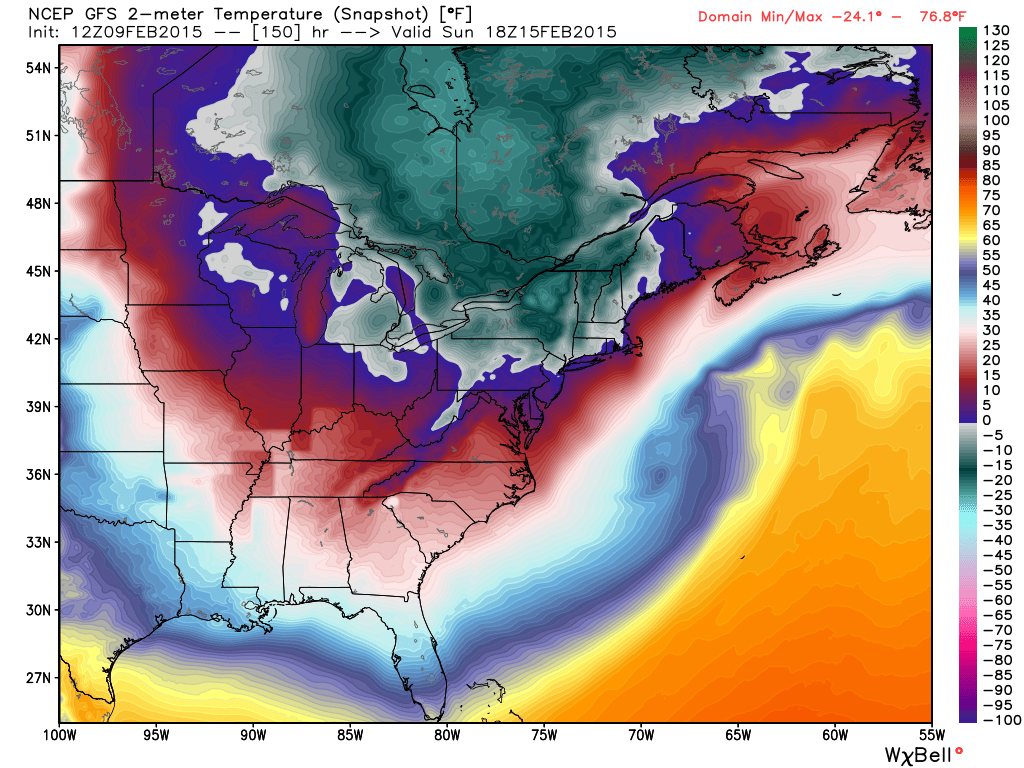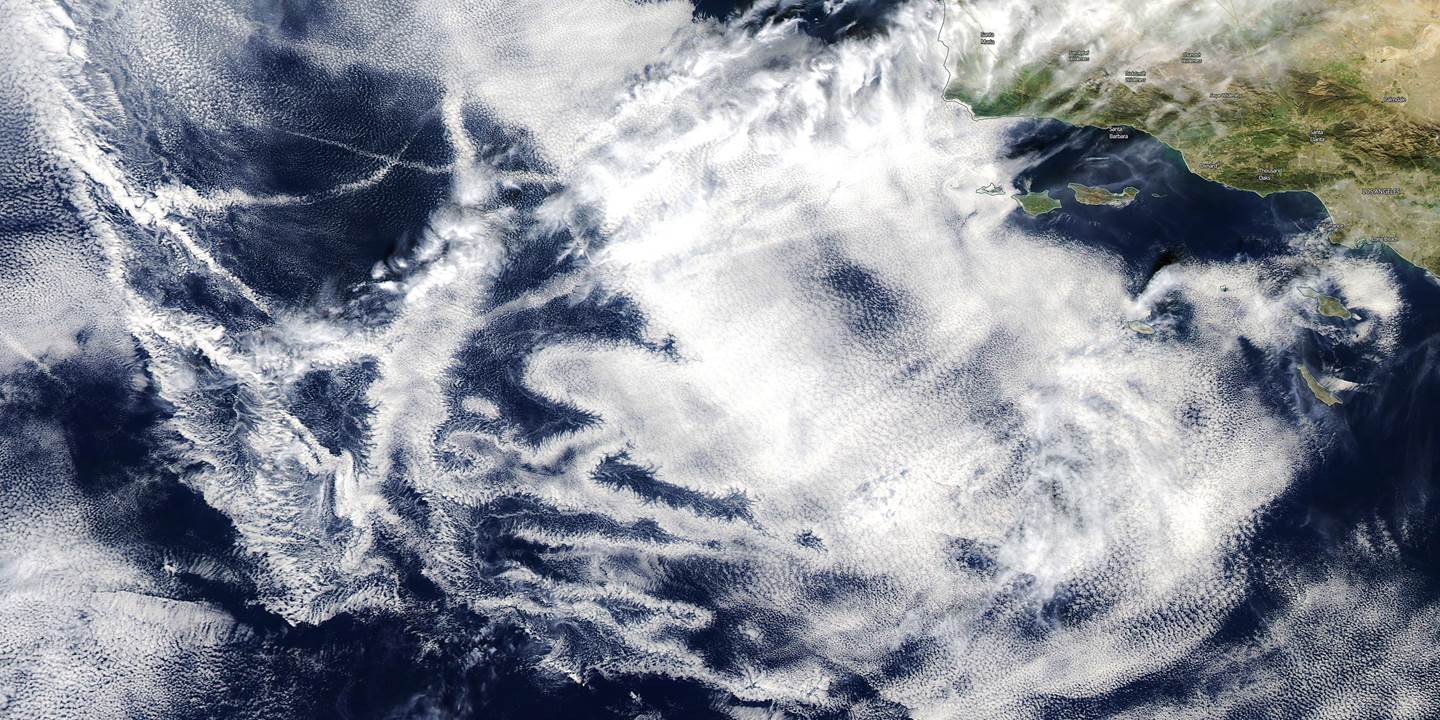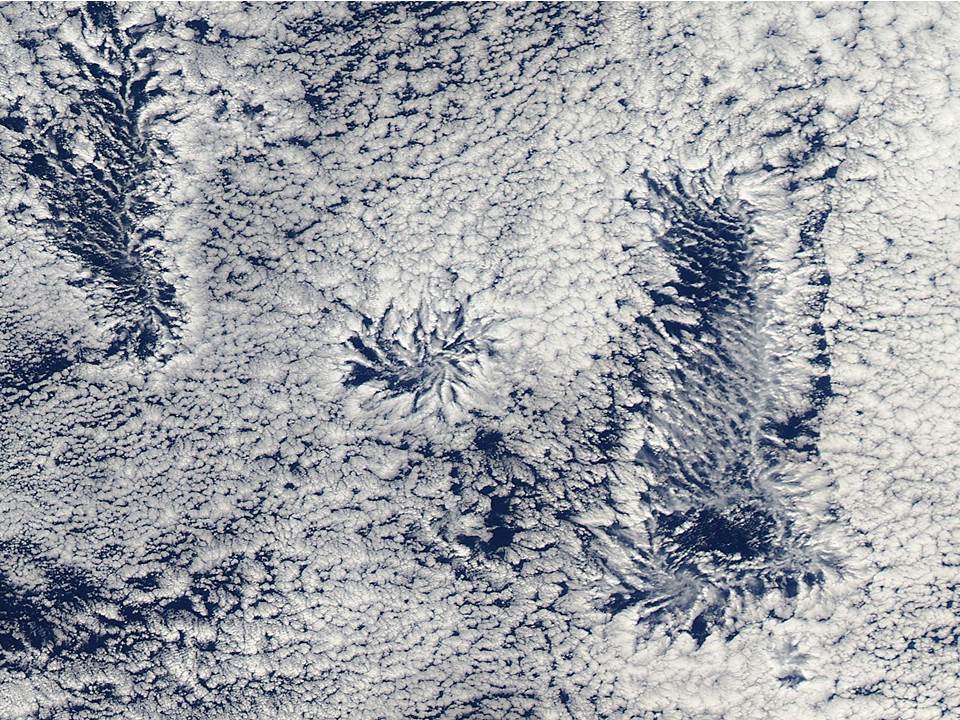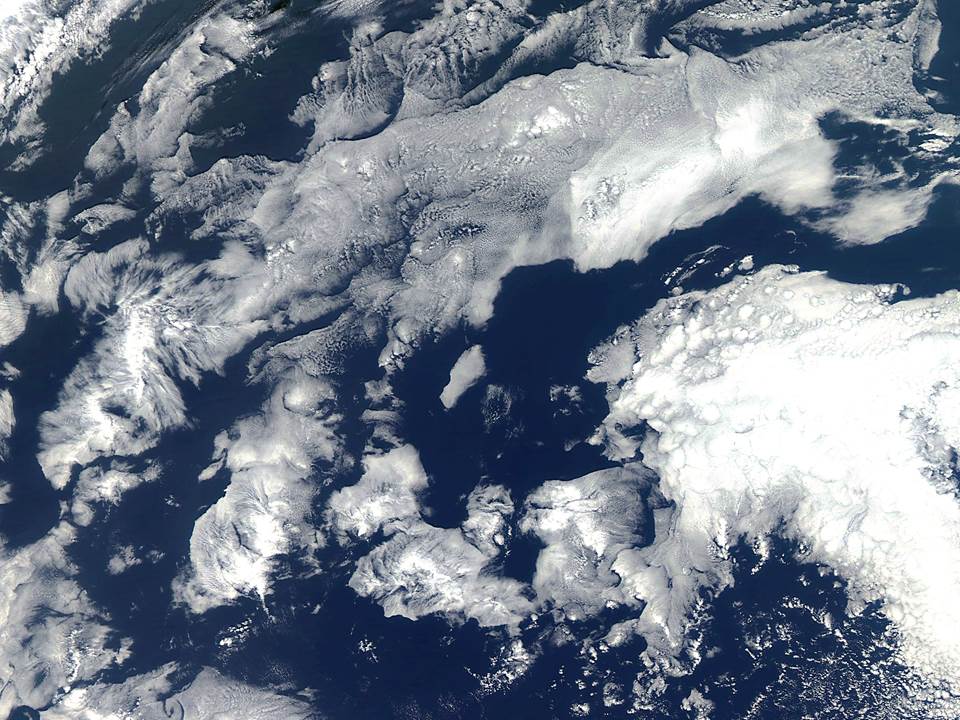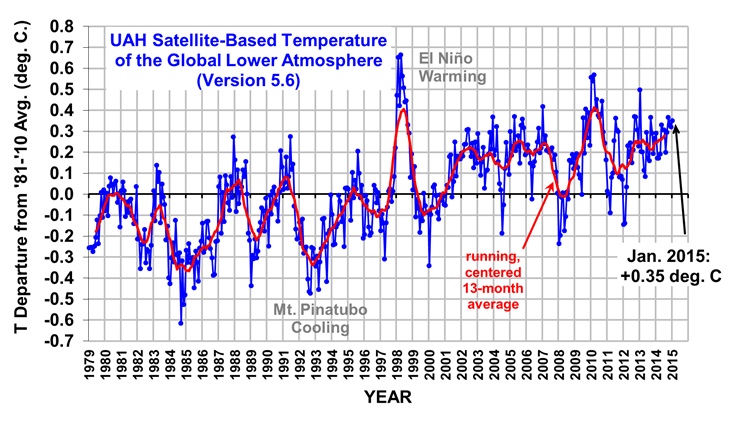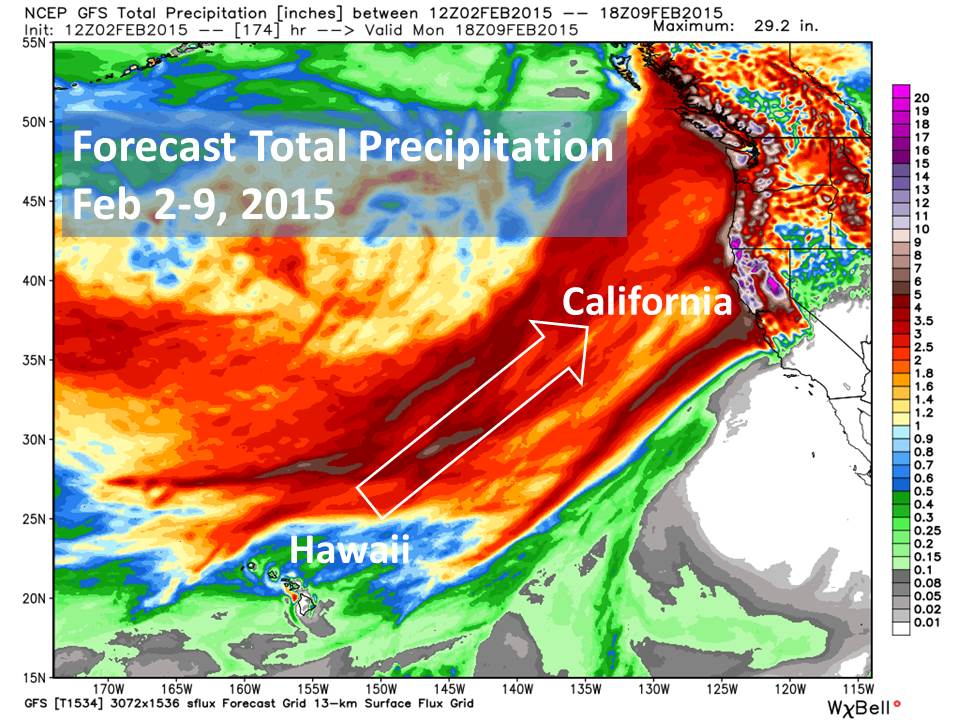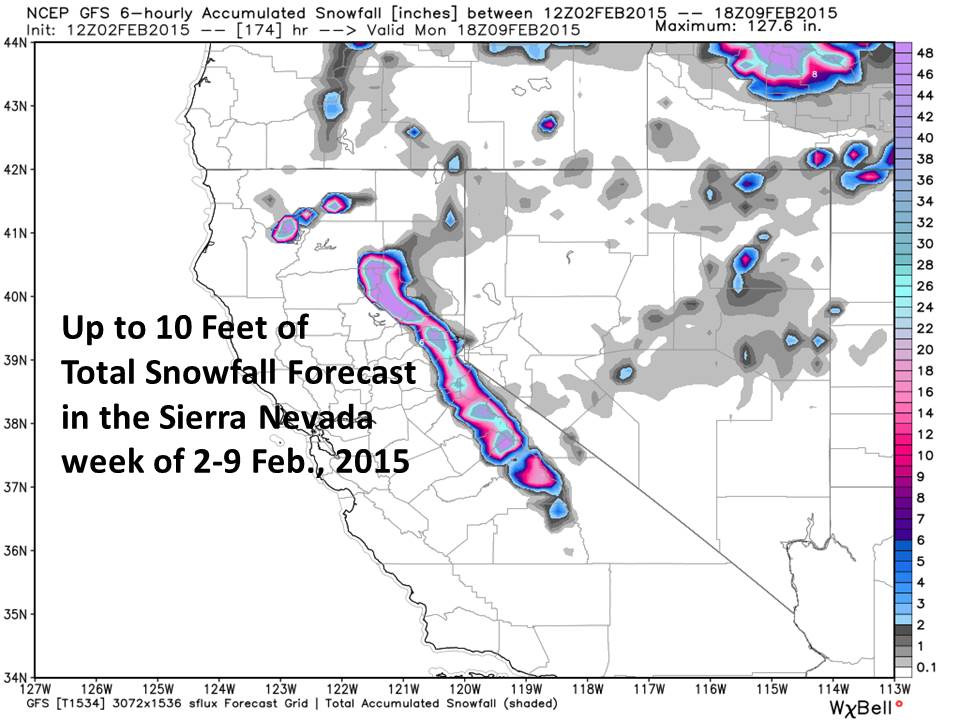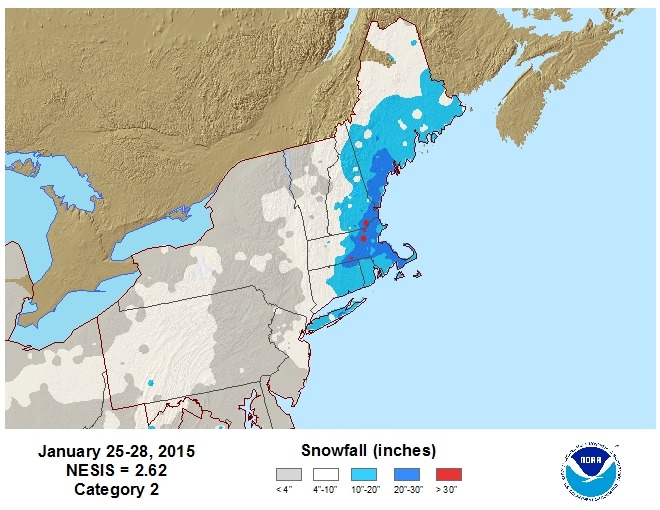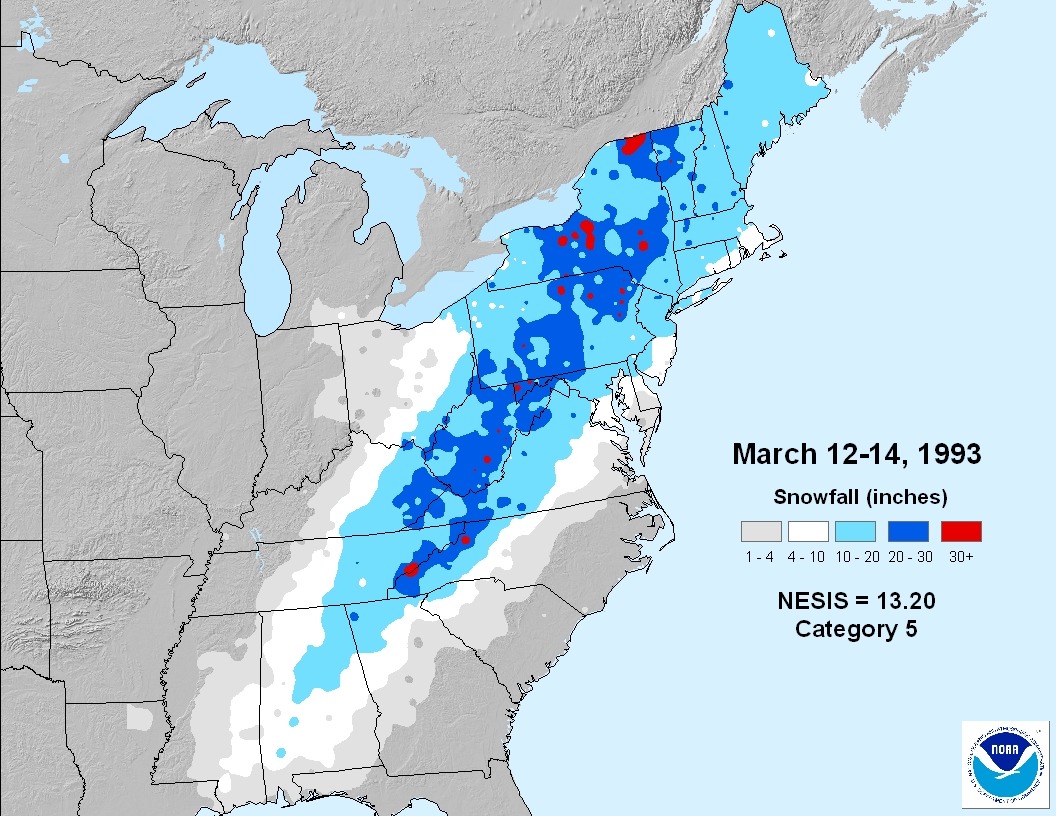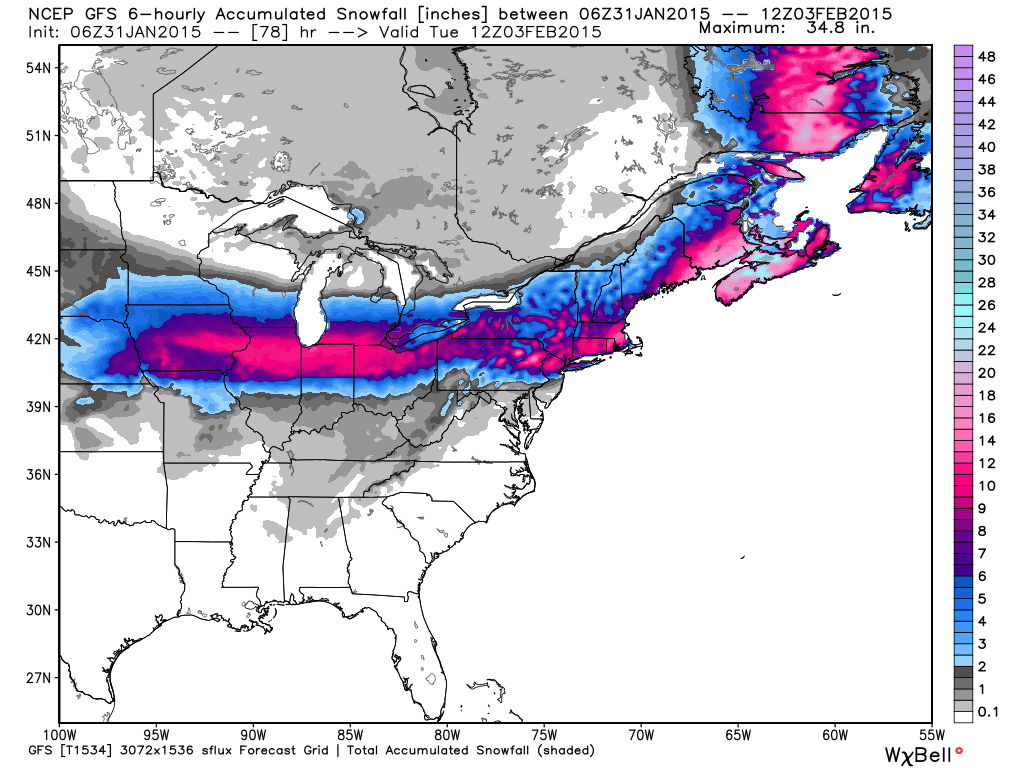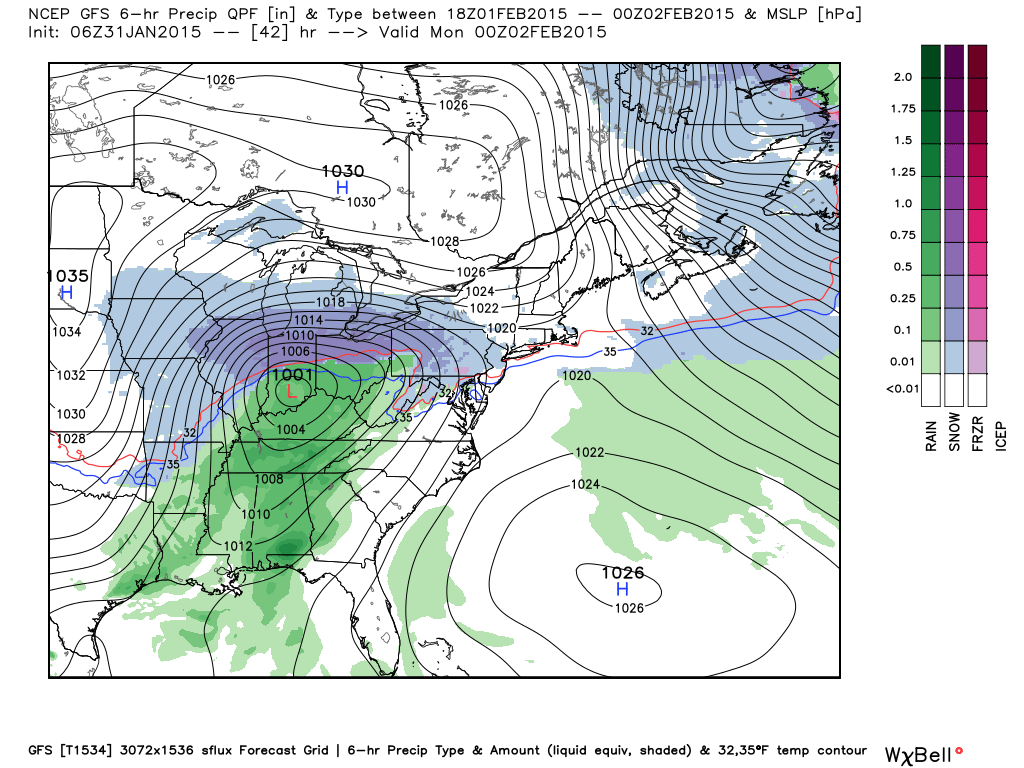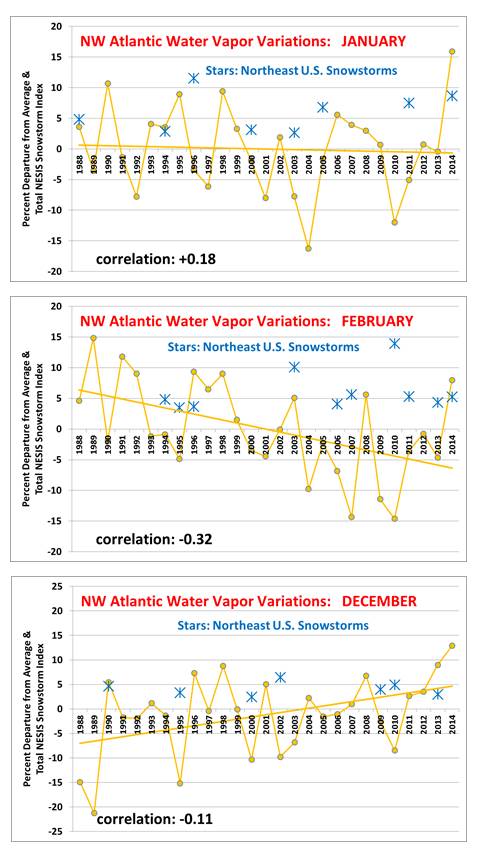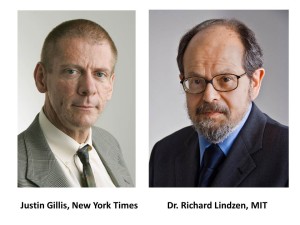
The title of Justin Gillis’ recent NYT article is an excellent tip-off of how bad environmental reporting has gotten:
What to Call a Doubter of Climate Change?
Now, as a skeptical PhD climate scientist who has been working and publishing in the climate field for over a quarter century, I can tell you I don’t know of any other skeptics who even “doubt climate change”.
The mere existence of climate change says nothing about causation. The climate system is always changing, and always will change. Most skeptics believe humans have at least some small role in that change, but tend to believe it might well be more natural than SUV-caused.
So, the title of the NYT article immediately betrays a bias in reporting which has become all too common. “He who frames the question wins the debate.”
What we skeptics are skeptical about is that the science has demonstrated with any level of certainty: (1) how much of recent warming has been manmade versus natural, or (2) whether any observed change in storms/droughts/floods is outside the realm of natural variability, that is, whether it too can be blamed on human activities.
But reporters routinely try to reframe the debate, telling us skeptics what we believe. Actually reporting in an accurate manner what we really believe does not suit their purpose. So (for example) Mr. Gillis did not use any quotes from Dr. John Christy in the above article, even though he was interviewed.
Mr. Gillis instead seems intent on making a story out of whether skeptical climate scientists should be even afforded the dignity of being called a “skeptic”, when what we really should be called is “deniers”.
You know — as evil as those who deny the Holocaust. (Yeah, we get the implication.)
He then goes on to malign the scientific character of Dr. Richard Lindzen (a Jew who is not entirely pleased with misplaced Holocaust imagery) because the majority of scientific opinion runs contrary to Dr. Lindzen, who is also a member of the prestigious National Academy of Sciences.
Do I need to remind Mr. Gillis that the cause(s) of climate change are much more difficult to establish than, say, the cause of stomach ulcers? There is only one climate system (patient) to study, but many millions of ulcer sufferers walking around.
And yet the medical research community was almost unanimous in their years of condemnation of Marshall and Warren, two Australian researchers who finally received the 2005 Nobel Prize in medicine for establishing the bacterial basis for peptic ulcers, one of the most common diseases in the world.
Does Mr. Gillis really want to be a journalist? Or just impress his NYC friends?
The idea that the causes of climate change are now just as well established as gravity or the non-flatness of the Earth (or that ulcers are caused by too much stress and spicy food, too?) is so ridiculous that only young school children could be indoctrinated with such silly tripe.
Which, I fear, is just what is happening.

 Home/Blog
Home/Blog